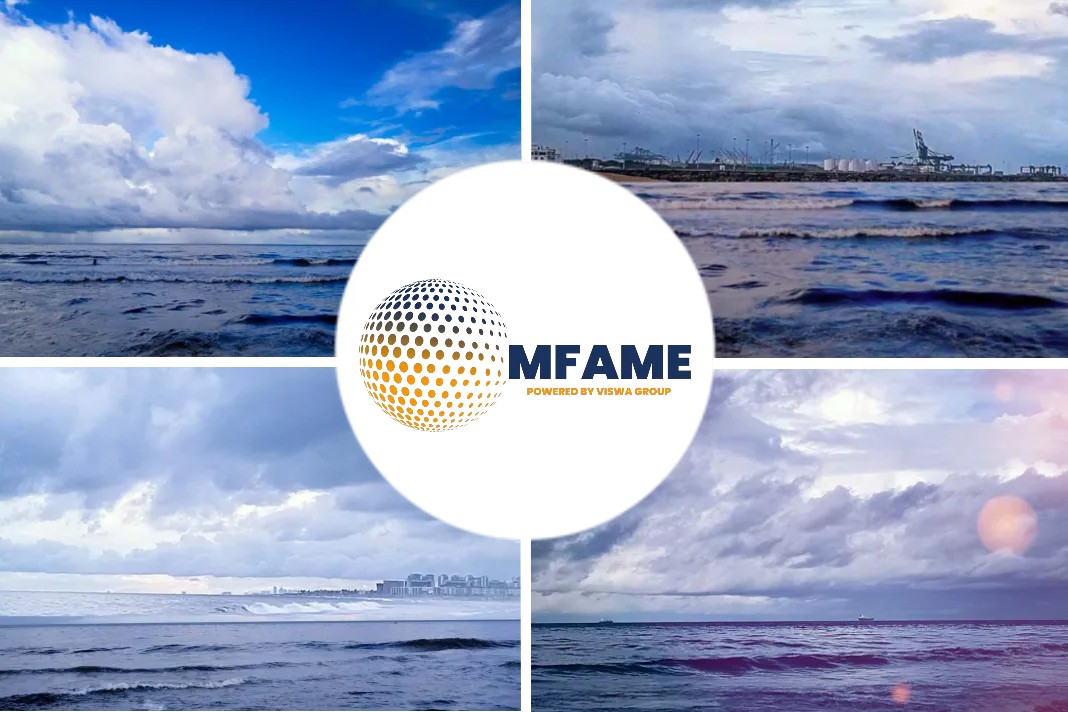Global tanker freight is seen steady over the next few months as oil buyers replenish inventories, exporters release reserves, refinery margins remain high and a major war alters trade flows, says an article published in SPGlobal.
Last month, freight on major tanker shipping routes hit their highest levels in two years, only to partially correct downwards as fundamentals remain strong.
Cyclical freight market recovery has begun and all segments are now seeing rates approaching pre-pandemic normal levels, Ole-Rikard Hammer, Oslo-based Senior Analyst, Oil and Tankers at Arctic Securities said. Improvement in the chronically weak VLCC sector, too, is visible as the market enters the second quarter with crude demand spurting across continents.
Clean tankers are supported by sky-high refinery margins, which normally produces a plethora of trading opportunities, he added.
As for VLCCs, freight will be volatile due to a surge in Suezmaxes and rise in rates for other short-haul routes in Europe, said Masood Baig, a director with Singapore-based tankers’ brokerage, United Marine.
London-based Maritime Strategies International, or MSI, has forecast daily average spot VLCC earnings during the current quarter at $20,600, taking into account voyages to China from the US and the Persian Gulf, compared with $4,600 in the last quarter of 2021. It has forecast that LR2 earnings on the Persian Gulf-Japan route to almost double to $15,400 in Q2 2022 from Q4 2021.
The war factor
While the chaos resulting from the Russo-Ukraine war has played a role, inventories have declined, oil demand was recovering and global oil trade was on the rise even before the conflict escalated, Hammer said. Prior to the war, crude prices were already firm last year and have now increased further, Baig said.
To prevent a supply shock, the 31 member countries of the governing board of the International Energy Agency have agreed to release 60 million barrels of oil from their emergency reserves.
The Persian Gulf, US, West Africa and Latin American suppliers are expected to offset lost Russian barrels and give shape to a new oil flows map.
“We will be looking into [the] extent the further release of oil reserves agreed by the IEA will help stabilize or lower oil prices and lower the demand for Russian oil,” Niels Rasmussen, BIMCO’s Copenhagen-based chief shipping analyst, said.
With plenty of Russian capacity now offline, crude and oil products exports will have to rise elsewhere, Hammer said. Since a large part of Russia’s exports were to nearby Europe, ton mile demand is now likely to rise, he said.
Ton-mile demand is calculated by multiplying the volume of cargo moved in metric tons by distance traveled in miles. Covering a longer distance implies diminished availability of ships even if the total size of the fleet remains the same, or conversely, it offsets the increase in supply of tonnage.
Redirecting Black Sea or Baltic crude to Asia instead of Europe requires voyages that are 25 days longer, one way.
The risk factor
VLCC fundamentals remain weak as crude prices are high and the tonnage list long, United Marine’s Baig said. Arctic’s Hammer also cautioned that two risks to recovery persist, including old ships trading in Iranian oil rather than being scrapped.
He said that the world could face oil shortages if as much as 3 million b/d of Russian output goes off the market, as was forecast by IEA. “This will be very hard to replace in the short term and hence freight volumes will drop while bunker prices will spike.”
According to S&P Global Commodity Insights, oil prices are expected to average $120/b into the summer, with an upside risk.
As of now, the dirty ton miles for Russian cargoes still appear to be in line with last year, BIMCO’s Rasmussen said.
Data from trade flows illustrate that Russian crude is being diverted to Asia, Tim Smith, MSI’s London-based director, said in a report.
In such a scenario, Russian volumes that do move will likely travel longer distances and see more complex logistics, thus “consuming” more tonnage, Hammer added.
Shipowners who can do business with Russia will demand a premium, while others will have to eat from a smaller pie, a tankers’ broker said. But the US Gulf Coast will be busy and rates will firm there.
Ton mile gains from the Russo-Ukraine war are likely to support demand but if overall volumes do not rise, it will not be enough to drive market recovery, Smith said. He said crude flows on the Middle East-Asia routes declined in the previous quarter, which explains the current weakness in VLCCs.
Global oil demand is expected to grow by only 2.9 million b/d in 2022, with further downside risks amid slow economic growth and elevated war induced oil prices, according to S&P Global.
The Iranian Factor
“What could really help boost shipments and freight is Iranian exports, if US sanctions were to be lifted,” Hammer said. It would likely mark at least the beginning of the end for the “shadow” tonnage, which is moving sanctioned Iranian crude rather than being scrapped.
Delayed scrapping of overage ships is artificially boosting supply and keeping freight subdued, Baig said.
New deliveries are outpacing demolition and according to S&P Global, around 36 VLCCs, 33 Suezmaxes and 24 Aframaxes will be added into the global fleet this year.
However, Hammer highlighted that the orderbook is rapidly approaching a tipping point with very few newbuild tankers scheduled to enter the market from next year onwards.
Did you subscribe to our daily newsletter?
It’s Free! Click here to Subscribe!
Source: SPGlobal



















